-
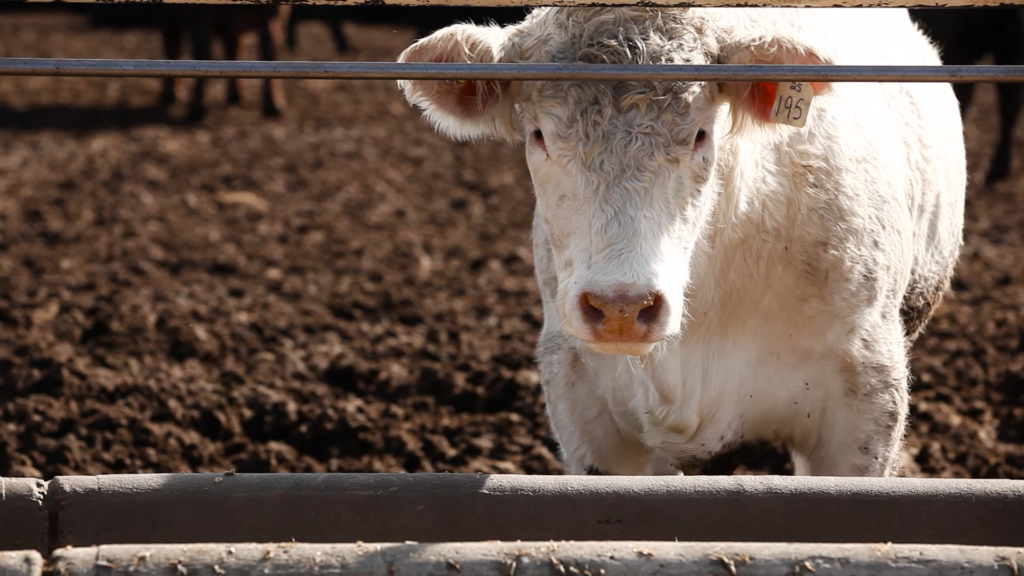
April 25, 2024The Results Are In on Beef Cattle Research Projects Recent beef research results on ergot, antimicrobial resistance, vitamin A supplementation and...
Keep Reading -
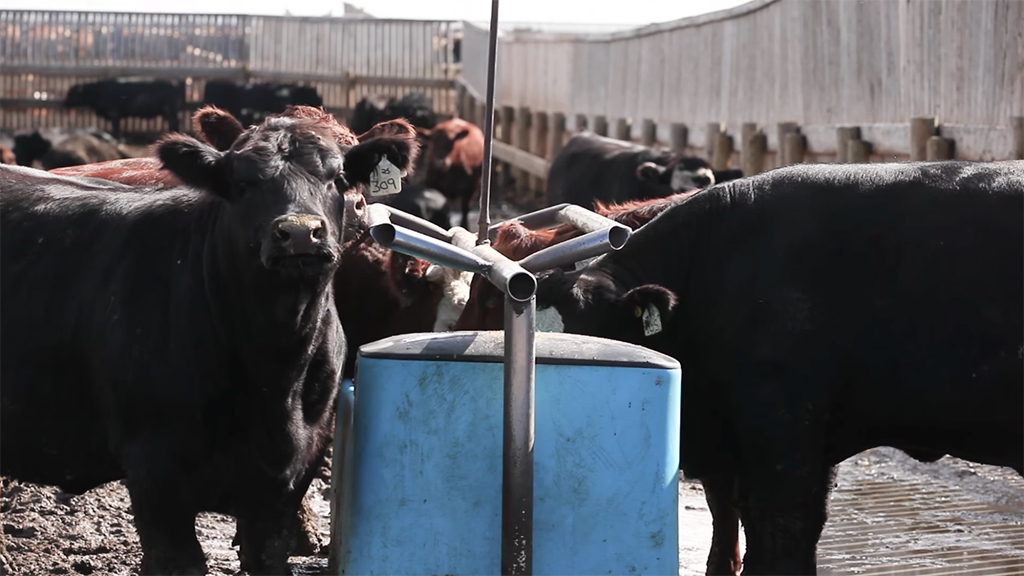
December 19, 2023Fast Action at the Watering Hole🎙️ Bovine respiratory disease can spread among cattle at feedlot water bowls, but they also may be a place to...
Keep Reading -
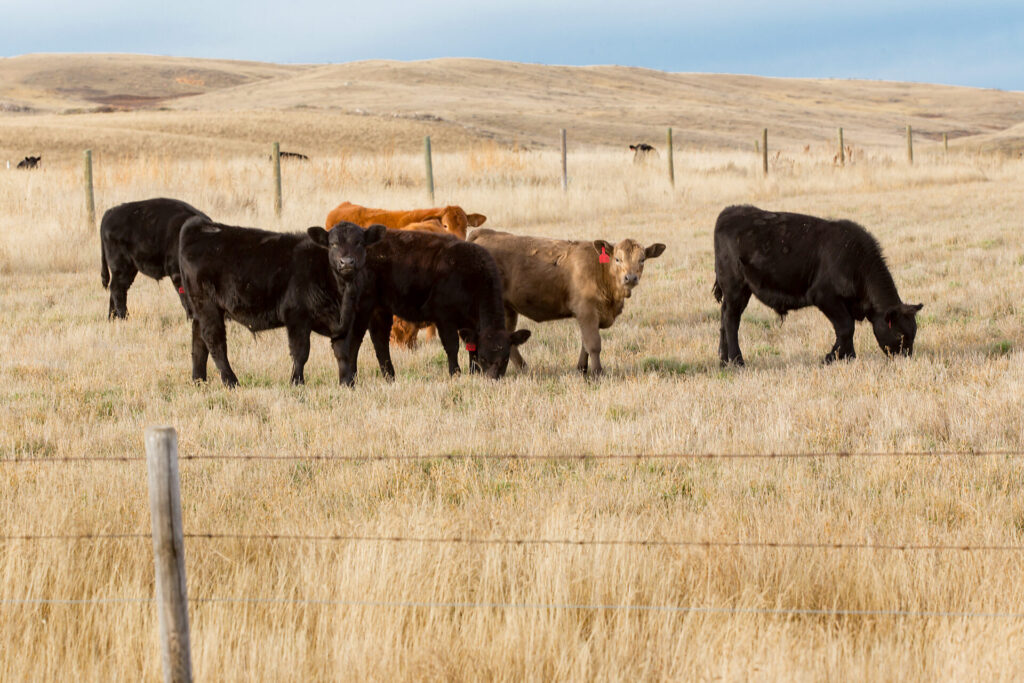
October 31, 2023Do Transport Rest Stops Put Calf Health at Risk? 🎙️ New research suggests rest stops may increase the risk of BRD and potentially the need for...
Keep Reading -
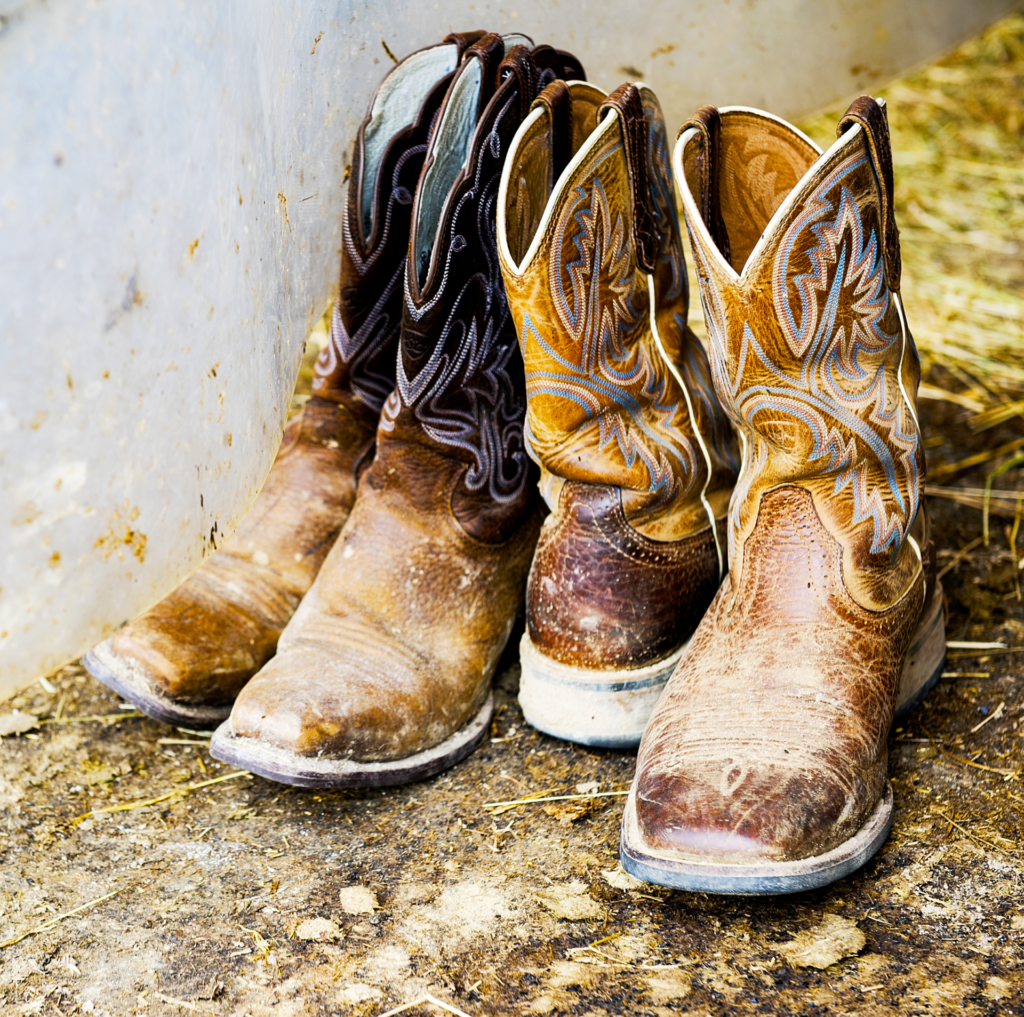
August 10, 2022Getting the Dirt on Cleaning Versus Disinfecting Clean and disinfect against pathogens entering and spreading through your animals, saving you...
Keep Reading -
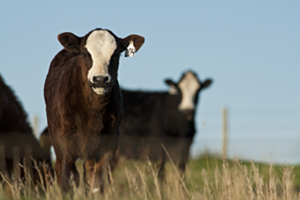
May 16, 2022Vaccines Are Cheap Insurance – Don’t Let Your Premiums Lapse Annual booster vaccinations are the insurance premiums that make a big difference to...
Keep Reading -
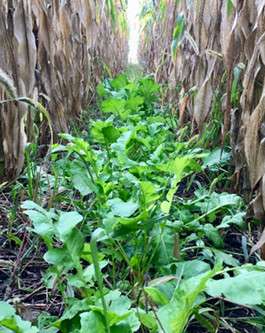
October 8, 2021Is This a Good Investment? This article written by Dr. Reynold Bergen, BCRC Science Director, originally appeared in a September 2021 issue of...
Keep Reading